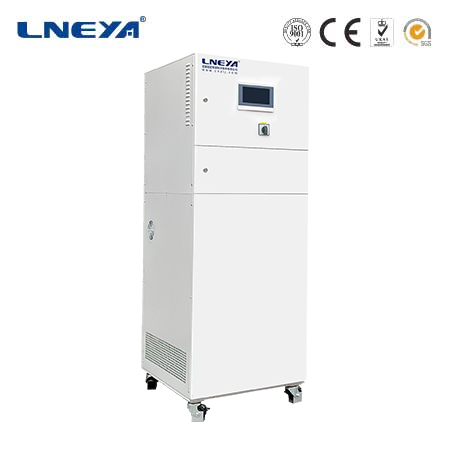single fluid heating cooling system
Introduction to Single Fluid Heating and Cooling Systems
Single fluid heating and cooling systems represent a convergence of heating and cooling technologies into a single, unified system. Instead of separate loops for heating and cooling, these systems use one fluid loop that can be reversed to either heat or cool a building. This innovative approach offers energy efficiency and operational simplicity, making it an attractive option for modern HVAC design.

How Single Fluid Systems Work
The operation of a single fluid heating and cooling system is based on the principle of heat transfer using a single heat transfer fluid. The system circulates the fluid through a closed loop, which includes a heat exchanger, a pump, and a control valve.
Heating Mode: During winter, the fluid circulates through a heat source, such as a boiler or a heat pump, and then through the building’s radiators or underfloor piping to release heat.
Cooling Mode: In summer, the process is reversed. The fluid absorbs heat from the building and carries it to a cooling unit, such as a chiller or a cooling tower, where the heat is released to the outside.
Components of a Single Fluid System
Key components of a single fluid heating and cooling system include:

Heat Transfer Fluid: A fluid with high heat capacity that can withstand temperature changes without degradation.
Pump: To circulate the fluid through the system.
Heat Exchanger: To transfer heat between the fluid and the external environment.
Control System: To regulate the flow of fluid and the operation of the system based on the heating or cooling demand.
Storage Tanks: To store heated or cooled fluid for periods of high demand.
Efficiency and Sustainability
Single fluid systems are highly efficient due to their ability to use the same infrastructure for both heating and cooling. This reduces the complexity and energy loss associated with separate systems. Additionally, these systems can be integrated with renewable energy sources, such as solar thermal collectors or ground source heat pumps, to further increase sustainability.

Applications
Single fluid systems are suitable for a wide range of applications, including:
Residential Buildings: For individual homes or multi-family dwellings.
Commercial Buildings: Such as offices, retail spaces, and hotels.
Industrial Facilities: For process heating and cooling needs.
Advantages of Single Fluid Systems
The advantages of single fluid heating and cooling systems include:
Energy Efficiency: Reduced energy consumption due to the elimination of redundant systems.
Simplicity: Easier installation and maintenance due to fewer components.
Flexibility: The ability to adjust to varying heating and cooling loads.
Sustainability: Compatibility with renewable energy sources.
Challenges and Considerations
Despite their advantages, single fluid systems also present challenges:
Initial Cost: The upfront cost of installation can be high due to the specialized nature of the components.
Design Complexity: Requires careful design to ensure efficient heat transfer in both heating and cooling modes.
System Sizing: Proper sizing is crucial to meet both peak heating and cooling demands.
Conclusion
Single fluid heating and cooling systems offer a versatile and efficient solution for temperature control in buildings. Their ability to use a single fluid for both heating and cooling makes them an attractive option for energy-conscious design. As technology advances and renewable energy becomes more prevalent, the role of single fluid systems in sustainable building practices is likely to grow.
Note: This article is intended for informational purposes only and does not endorse or promote any specific products or services. It is designed to provide a comprehensive understanding of single fluid heating and cooling systems and their potential benefits and challenges.
Related recommendations
dc air conditioning
316DC (Direct Current) air conditioning represents a significant advancement in the field of climate control. Unlike traditional air - conditioning systems that primarily operate on alternating curre...
View detailstemperature for cooling
200Importance of Appropriate Cooling TemperaturesIn the food industry, proper cooling temperatures are vital for preventing the growth of bacteria and preserving the freshness of products. For examp...
View detailsair cooled chiller design
365Air Cooled Chiller Design Air cooled chillers are an integral part of many cooling systems, widely used in various applications ranging from commercial buildings to industrial processes. Their ...
View detailsoil heater system
685Oil Heater System: Technology, Applications, and Efficiency Oil heater systems are widely used in industries such as chemical, petrochemical, and pulp-and-paper for maintaining process temperat...
View details
 LNEYA Thermal Test Chillers
LNEYA Thermal Test Chillers







HelloPlease log in